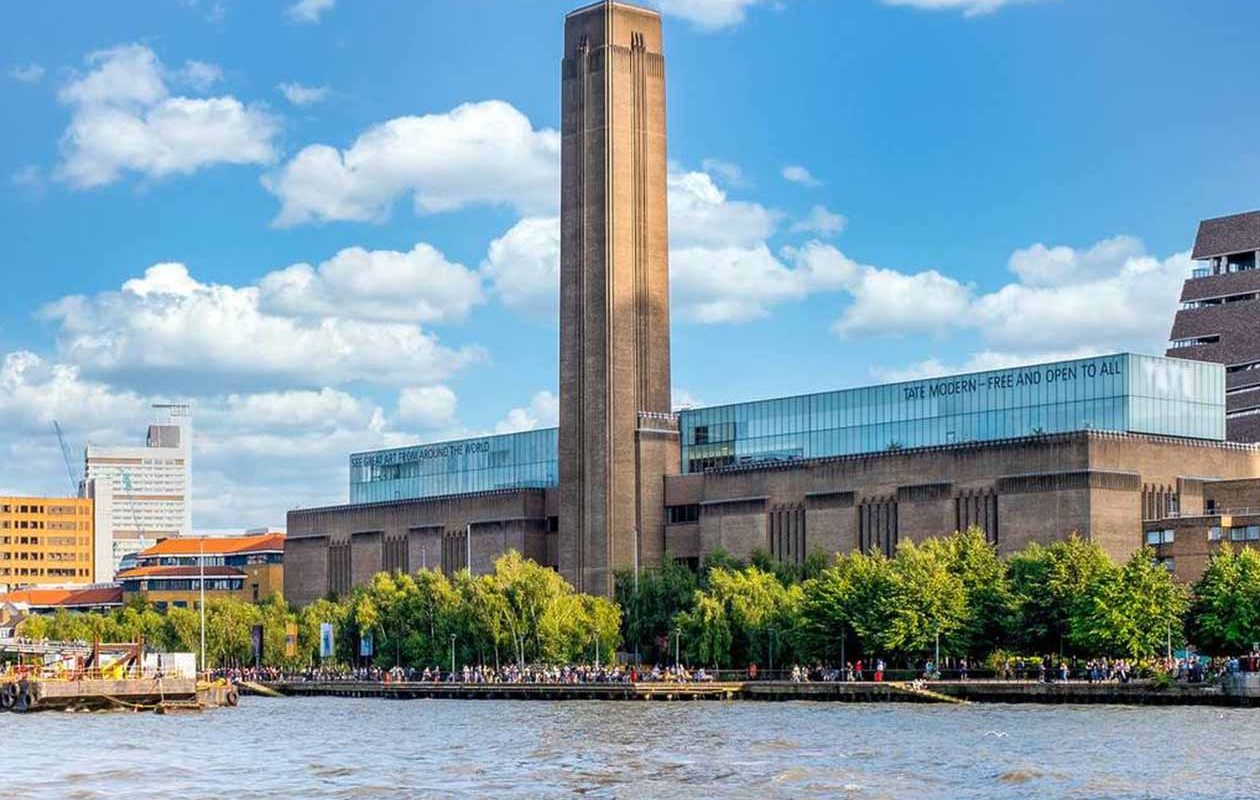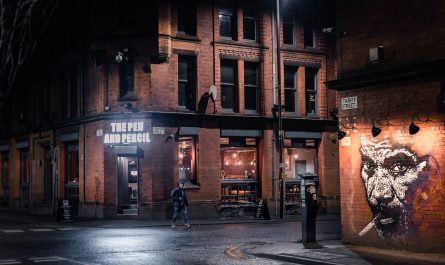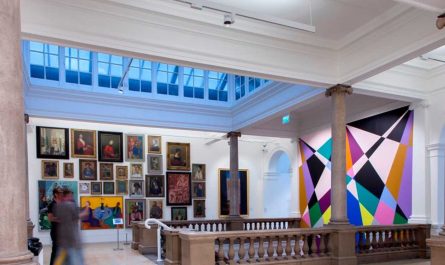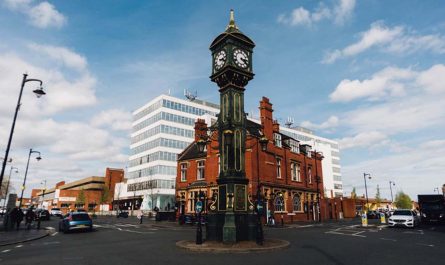There are cities that you visit and cities that you inhabit, if only for a fleeting while. London, with its sprawling streets and layered history, has the peculiar power to invite you into its stories as if you were a character already written into its pages. I arrived not with a checklist of monuments but with a hunger for atmosphere—an eagerness to step into the quiet sanctuaries of bookshops, wander through museums that seemed to hold entire civilizations within their walls, and lose myself in neighborhoods where art spills out onto every corner.
This is not a guide to London’s most famous postcard attractions. This is a walk through the city’s literary and artistic heart, a journey shaped by whispered conversations between old books and fresh paint, by cobblestones and café tables, by galleries and graffiti alike. If you, too, are a seeker of stories, then let’s trace this map together.
The Charm of London’s Bookshops
The first stop had to be a bookshop. In a city where Dickens, Woolf, and Shakespeare left their fingerprints, the bookstores are more than retail—they’re shrines.
Daunt Books, Marylebone
Marylebone’s high street feels like a place plucked from a period film, lined with boutiques and cafés where locals linger. Nestled among them is Daunt Books, a travel bookstore that looks like it has been waiting for a writer to walk through its oak doors. The moment I stepped inside, the scent of polished wood and paper enveloped me. Its Edwardian oak galleries, complete with skylights, stretch deep into the shop like a cathedral of literature.
The arrangement here is unique: books are organized by country rather than by genre. Italy, India, Iceland—all have their dedicated shelves, with novels, histories, cookbooks, and memoirs mingling together as if to say that a place cannot be known through a single lens. I found myself thumbing through a slim collection of poetry about Istanbul while eavesdropping on two students debating which edition of Middlemarch was more faithful. It was less a store, more a global atlas in book form.
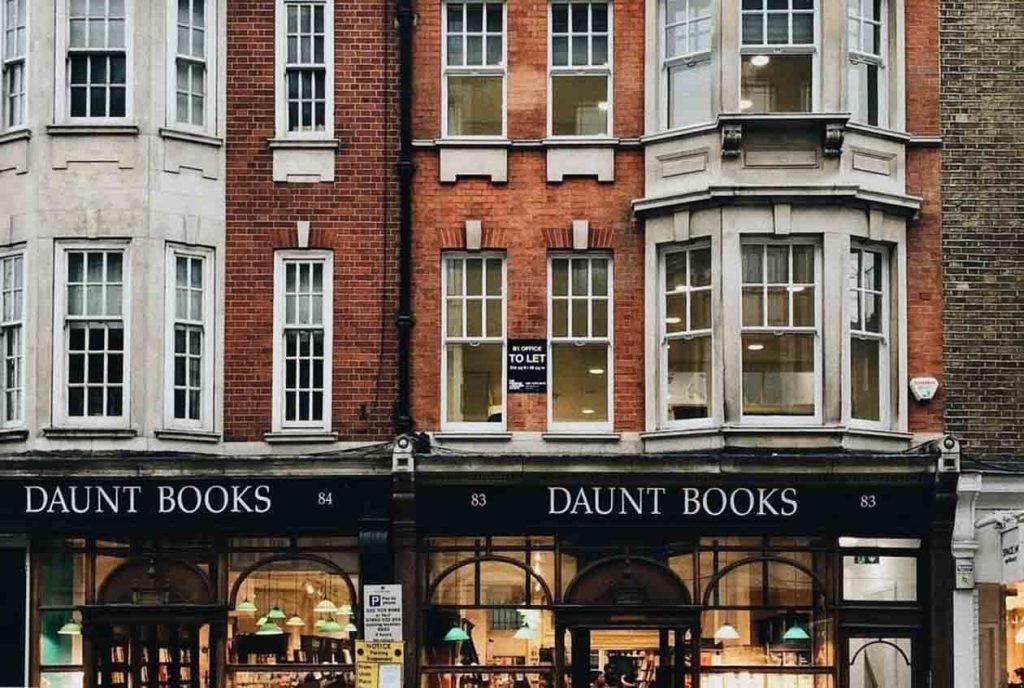
Foyles, Charing Cross Road
From the quiet elegance of Daunt, I dove into the bustling energy of Foyles on Charing Cross Road. This bookstore is modern, sprawling across multiple floors, and feels like a festival of words. The poetry corner alone could swallow hours of browsing. What makes Foyles irresistible is not just its inventory but its role as a cultural hub—author talks, signings, readings, and impromptu conversations between strangers who happen to love the same obscure philosopher.
Standing by the café on the top floor, latte in hand, I looked out at the busy road below and thought about how this city sustains both introverts and extroverts: it gives you places to retreat into silence and spaces to join a collective buzz.
Persephone Books, Bloomsbury
For something gentler, I wandered into Bloomsbury, that hallowed ground of Virginia Woolf and the Bloomsbury Group. Here sits Persephone Books, a publisher-bookshop hybrid that specializes in reviving forgotten works, mostly by early 20th-century women writers. Their uniform grey covers are deceiving; within lies a kaleidoscope of voices—sharp, witty, heartbreaking, revolutionary.
Leafing through Miss Pettigrew Lives for a Day, I felt as if Persephone had managed to salvage stories that would otherwise have slipped through history’s cracks. Buying a book here felt not like consumption but like participation in a literary rescue mission.
Museums as Cathedrals of Culture
London’s museums are not passive halls where you stare at objects; they’re living conversations. And for someone with a literary and artistic heart, each one opens like a chapter in an infinite anthology.
The British Library
Technically a library, but one so monumental it deserves mention among museums. Entering the British Library, I felt as if I had walked into the mind of the world. Glass cases display treasures: Shakespeare’s first folio, Magna Carta, handwritten Beatles lyrics, and Jane Austen’s tiny, precise notebooks.
One exhibit that lingered with me was a medieval manuscript illuminated with gilded vines and mythical beasts. Standing before it, I thought about the anonymous scribes whose meticulous art has survived centuries. Here, history is not distant; it breathes just inches away, behind a pane of glass.
The Tate Modern
On the opposite end of the spectrum is the Tate Modern, a former power station turned temple of contemporary art. The building itself is a sculpture, its vast turbine hall echoing like a cathedral of industry. Inside, the works provoke, confuse, and dazzle.
I found myself lingering in front of Rothko’s deep, brooding canvases, feeling pulled into their dark, velvety abyss. Down another corridor, I stumbled upon Yayoi Kusama’s Infinity Mirror Room, where light exploded into endless reflection. Unlike the hushed reverence of older museums, the Tate invites debate. People argued, laughed, posed for selfies, and whispered interpretations. It felt alive, like art should.
The Victoria and Albert Museum
If the Tate is future-looking, the V&A is a labyrinth of craftsmanship through the ages. Walking through its halls is like traveling across centuries in minutes: Renaissance sculptures, intricate Islamic textiles, theatrical costumes that still carry the echo of applause.
One room that stayed with me showcased decorative bookbindings. Each cover was an artwork, embossed in gold, stitched with leather, carved with precision. It reminded me that literature and visual art are not separate—they are two hands of the same creator.
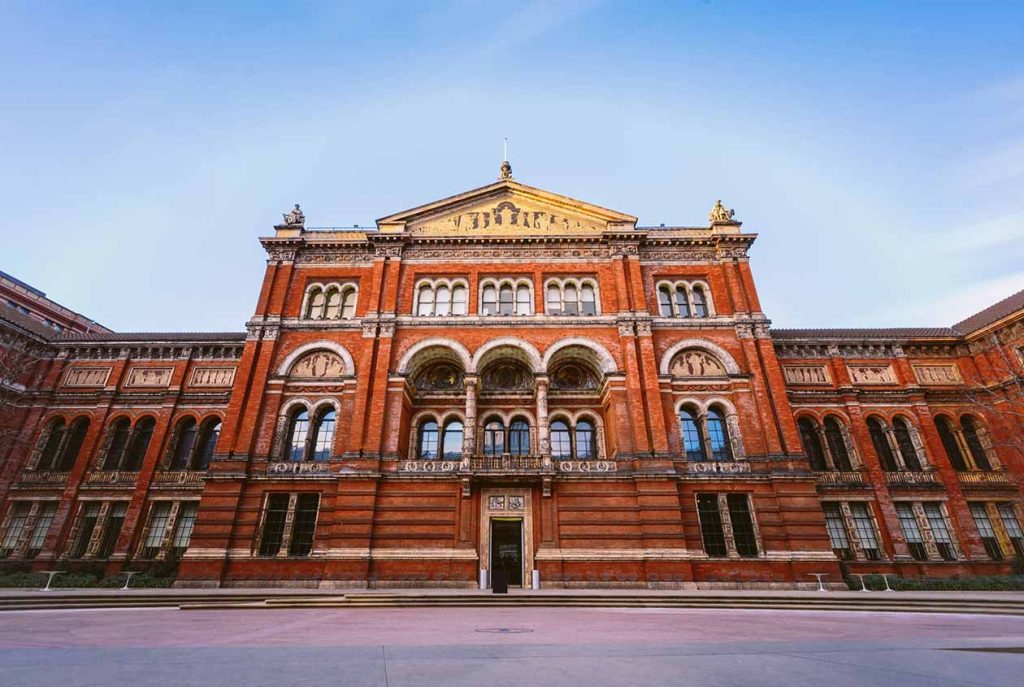
Wandering Artistic Neighborhoods
A city reveals its true character not only in curated halls but in its streets. London’s neighborhoods are canvases in themselves, layered with history, murals, and stories.
Shoreditch
If you want to see creativity uncontained, go to Shoreditch. Here, graffiti is not vandalism but the city’s living sketchbook. Walls bloom with giant murals, political slogans, and surreal portraits. Banksy’s spirit lingers in every stencil.
Walking through Brick Lane, I inhaled the aroma of curries, passed vintage clothing shops that looked like portals to the ’70s, and stumbled into independent galleries tucked above coffee shops. Street musicians added a soundtrack, their notes ricocheting between red-brick facades. It felt less like sightseeing and more like joining an ongoing performance.
Camden Town
Camden is electric. It thrums with the rebellious spirit of punk, yet simultaneously nurtures artistry in every form. The market is a maze where stalls sell handmade jewelry, zines, and experimental fashion. Murals of Amy Winehouse gaze down from walls, a reminder that Camden has long been a home for music and counterculture.
I wandered through the stables market, where the past lives in the iron horse sculptures, and then paused by the canal, where painters set up easels as narrowboats drifted by. It’s chaotic and soulful, messy and magnetic—perfect for anyone who thrives on raw creative energy.
Southbank
By contrast, the Southbank offers a more curated artistic experience. Walking along the Thames, the skyline spread before me, I passed the National Theatre, the BFI, and outdoor bookstalls where secondhand volumes piled high under the bridges.
One stall owner recommended a tattered edition of The Waste Land, saying, “This poem belongs by the river.” He was right. Sitting on a bench with Eliot’s words and the Thames lapping nearby, I felt London itself speaking in verse.
Cafés as Creative Anchors
Of course, no literary pilgrimage is complete without cafés. London’s coffeehouses are more than places to recharge—they are creative anchors where writers draft novels, artists sketch, and travelers like me take notes.
In Soho, I discovered a café that doubled as a gallery, with local artists’ works hanging on exposed brick walls. At another stop near King’s Cross, I sat beside a group of university students rehearsing lines for a play. The coffee was strong, the conversation stronger.
Each café seemed to hum with the possibility of unfinished manuscripts, overheard dialogues waiting to be turned into fiction, or sketches that might one day hang in a gallery.
The City as a Living Text
By the end of my journey, I realized that London is not a city to be conquered; it’s a text to be read. Each neighborhood, museum, and bookshop is a chapter, each mural and manuscript a paragraph, each passerby a fleeting sentence.
For the literary and artistic traveler, London offers not only landmarks but atmospheres. It teaches that culture is not confined to buildings but spills into streets, cafés, and markets. It whispers that stories are everywhere—bound in leather, painted on brick, etched into stone.
As I left the city, my bag was heavier with books, my phone filled with photos of murals and museum halls, but more importantly, my mind was expanded by a city that insists on being both library and gallery, history and future, chaos and creation.
London is not just to be seen. It is to be read, listened to, and above all—felt.
